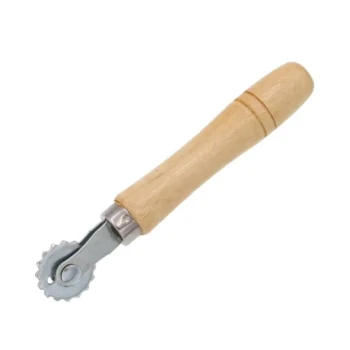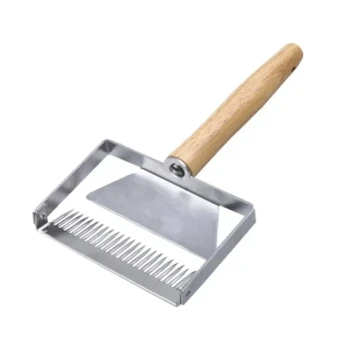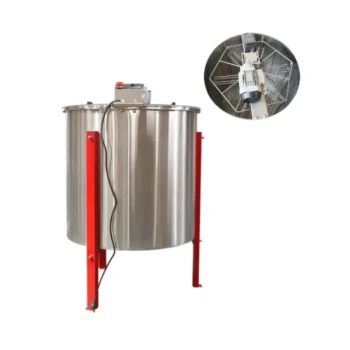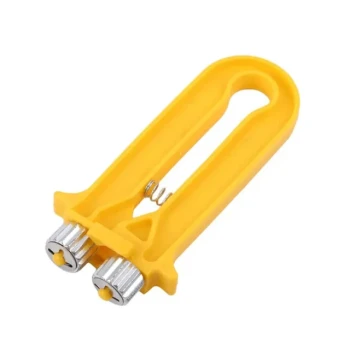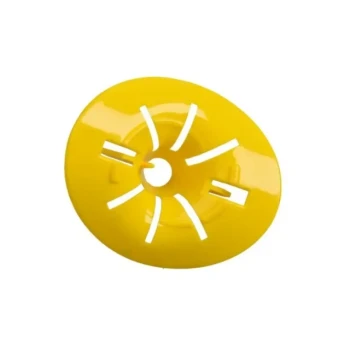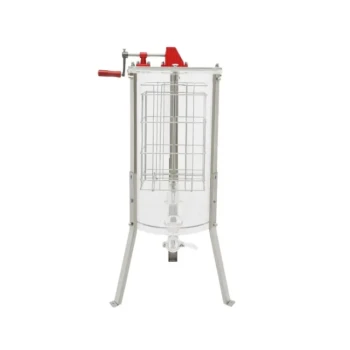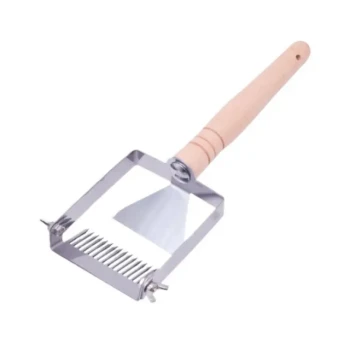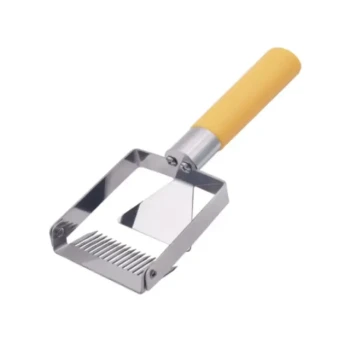To perform a walk-away split, you create a new, queenless colony by moving specific resources from a strong parent hive into a new hive box. You then simply "walk away," allowing the new colony to use its natural instincts to raise its own queen from the eggs you provided.
The core principle of a walk-away split is straightforward: you provide a queenless group of bees with all the necessary components—young eggs, nurse bees, and food—and trust their biology to create a new queen and establish a viable colony.
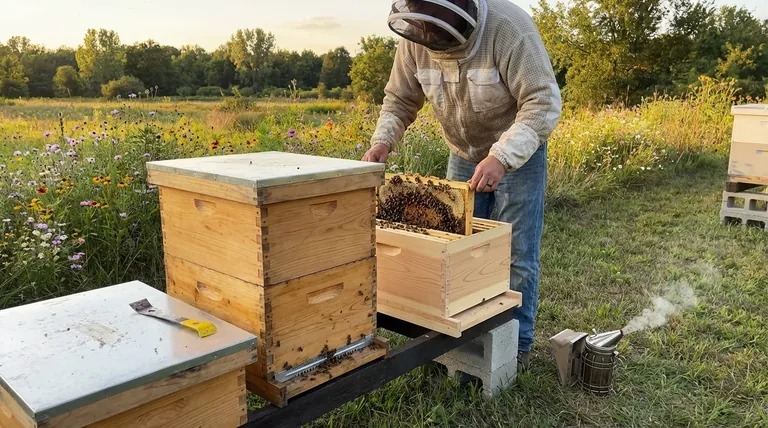
The Principle: Triggering the Emergency Response
A walk-away split works by leveraging a honey bee colony's powerful survival instinct. When a colony suddenly finds itself without a queen, it initiates an "emergency response."
The Role of Fresh Eggs
The most critical resource for this response is eggs or larvae that are less than three days old. Worker bees can select one of these young larvae and feed it a special diet of royal jelly.
This diet alters its development, transforming it from a potential worker bee into a new queen. The bees build a distinctive, peanut-shaped "emergency queen cell" around this chosen larva.
The Supporting Cast
For this process to succeed, the new colony also needs nurse bees to care for the brood and feed the new queen, capped brood that will soon emerge to become the new workforce, and sufficient honey and pollen to fuel the entire operation.
A Step-by-Step Guide to the Split
Follow these steps precisely to maximize your chances of success. The key is in selecting the right frames.
Step 1: Prepare Your Equipment
Before you open the parent hive, have your new equipment ready. You will need a complete hive setup: a bottom board, a hive body or nuc box, an inner cover, and an outer cover.
Step 2: Select the Right Frames
Carefully inspect your strong parent colony, looking for the ideal frames to move. Your goal is to create a balanced, self-sustaining unit. You do not need to find the queen; in fact, it's best to leave her in the original hive.
Move the following into the new hive box:
- One Frame with Eggs: This is the most crucial frame. It must contain fresh eggs and very young larvae. This is the genetic material for their new queen.
- Two Frames of Brood: Select one frame of mostly open brood (larvae) and one frame of mostly capped brood. These frames will be covered in the nurse bees needed to care for the colony.
- One Frame of Food: Choose a frame that has both pollen (bee bread) and capped honey. This is the pantry that will sustain the colony for the next few weeks.
Step 3: Arrange and Move the New Hive
Place the frames in the new hive body with the brood in the center and the food frame on the outside. Fill any remaining space with frames of drawn comb or new foundation.
Close up the new hive and move it to a new location. To prevent the foraging bees from returning to the original hive, it's best to move the split at least two miles away. If that isn't possible, placing it in the same bee yard will still work, but you will lose the foraging bees, making the food frame even more critical.
Understanding the Trade-offs and Risks
While simple, the walk-away split is not foolproof. Understanding its downsides is essential for a technical advisor.
The Time Factor
This method is slow. It takes approximately 28 days from the split until you can expect to see new eggs from the new queen. This includes the time to raise the queen, for her to mature, go on a mating flight, and begin laying. The colony's population will stagnate or decline during this period.
The Risk of Failure
There is a chance the bees may fail to raise a queen, or the new queen may not return from her mating flight. This risk is a natural part of beekeeping. You must be prepared to intervene if the colony remains queenless after a month.
Reduced Honey Production
Splitting a colony intentionally weakens it to prevent swarming. This means the parent hive will have a smaller workforce and will likely produce less honey for the season. The new split will focus all its energy on building up, not on surplus honey.
Making the Right Choice for Your Goal
After the split, do not inspect the new colony for at least three to four weeks. Disturbing them can disrupt the delicate queen-rearing process.
- If your primary focus is swarm prevention and simplicity: The walk-away split is an excellent, low-intervention method to manage colony growth.
- If your primary focus is rapid expansion or maximizing honey: This method is slow; consider purchasing a mated queen to introduce to your split, which dramatically shortens the time until the new colony is productive.
Ultimately, this method empowers you to work with the bees' natural instincts to grow your apiary.
Summary Table:
| Key Aspect | Details |
|---|---|
| Core Principle | Trigger the colony's emergency queen-rearing instinct by providing eggs and resources. |
| Critical Resource | 1 frame with fresh eggs & young larvae (less than 3 days old). |
| Supporting Resources | 2 frames of brood (open & capped), 1 frame of food (pollen & honey). |
| Time to New Queen | Approximately 28 days from split to first eggs. |
| Primary Goal | Swarm prevention and low-intervention colony increase. |
Ready to scale your beekeeping operations with reliable equipment?
As a commercial beekeeper or equipment distributor, efficient colony management is key to your success. HONESTBEE supplies the durable hive boxes, frames, and essential tools you need to perform splits and manage your apiary with confidence. Our wholesale-focused operations are designed to support your growth.
Contact our team today to discuss your bulk supply needs and get a quote.
Visual Guide
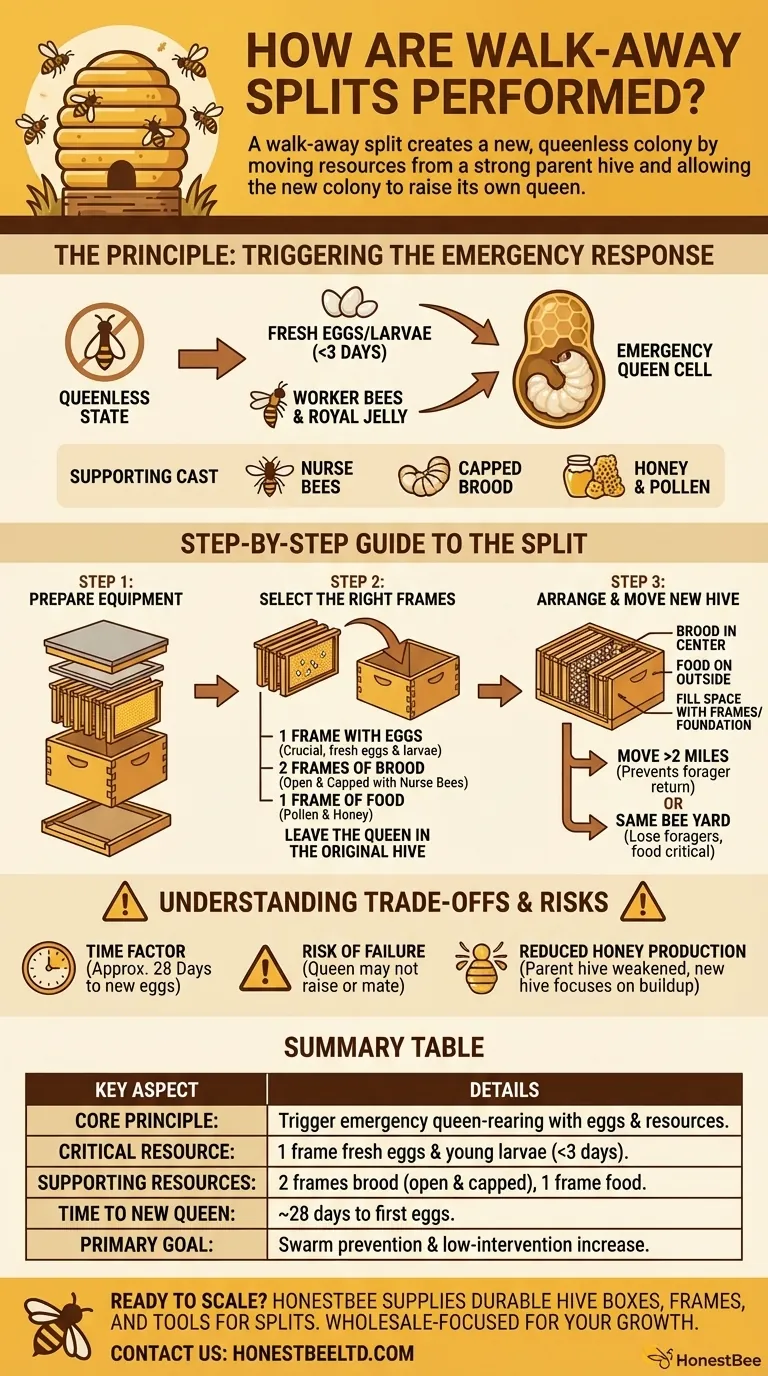
Related Products
- Long Langstroth Style Horizontal Top Bar Hive for Wholesale
- HONESTBEE Advanced Ergonomic Stainless Steel Hive Tool for Beekeeping
- Professional Dual-End Stainless Steel Hive Tool for Beekeeping
- Professional Multi-Function Stainless Steel Hive Tool
- Stainless Steel Dual Blade Uncapping Plane
People Also Ask
- What are the box management requirements for a top bar hive vs. Langstroth? Choose Your Hive Strategy
- How does the design of a top bar hive benefit beekeepers? Ergonomic & Natural Beekeeping for Hobbyists
- How are entrances designed in top bar hives? Master Beehive Layout for Maximum Honey
- What are the most popular types of hives besides the Langstroth? Top Bar & Horizontal Hives Explained
- What are the advantages of a top bar hive? Simpler, Bee-Centric Beekeeping for All





